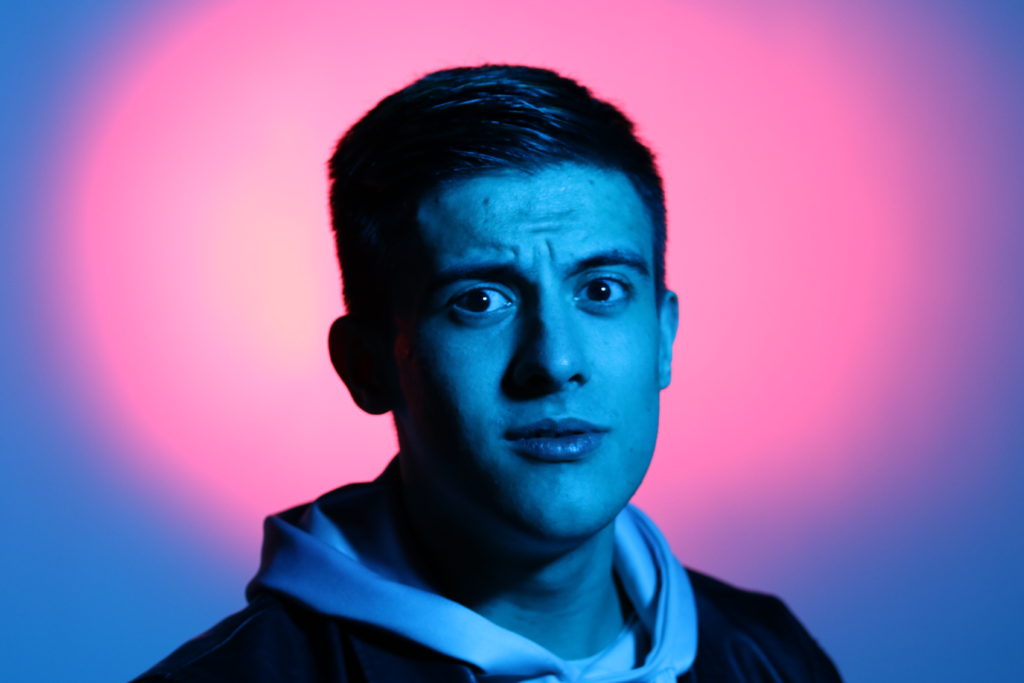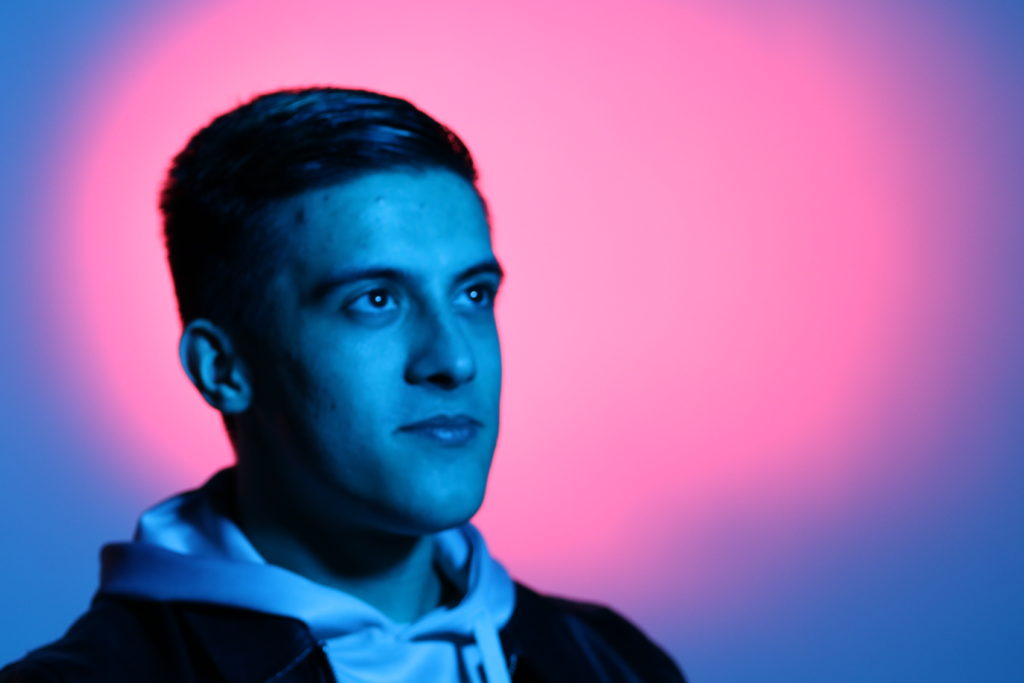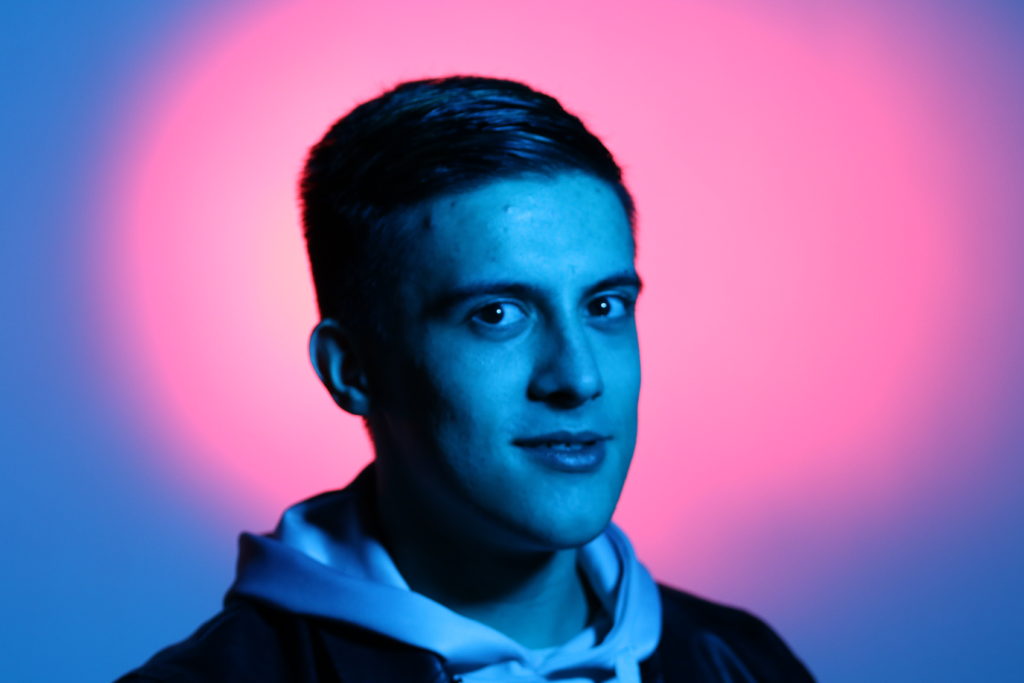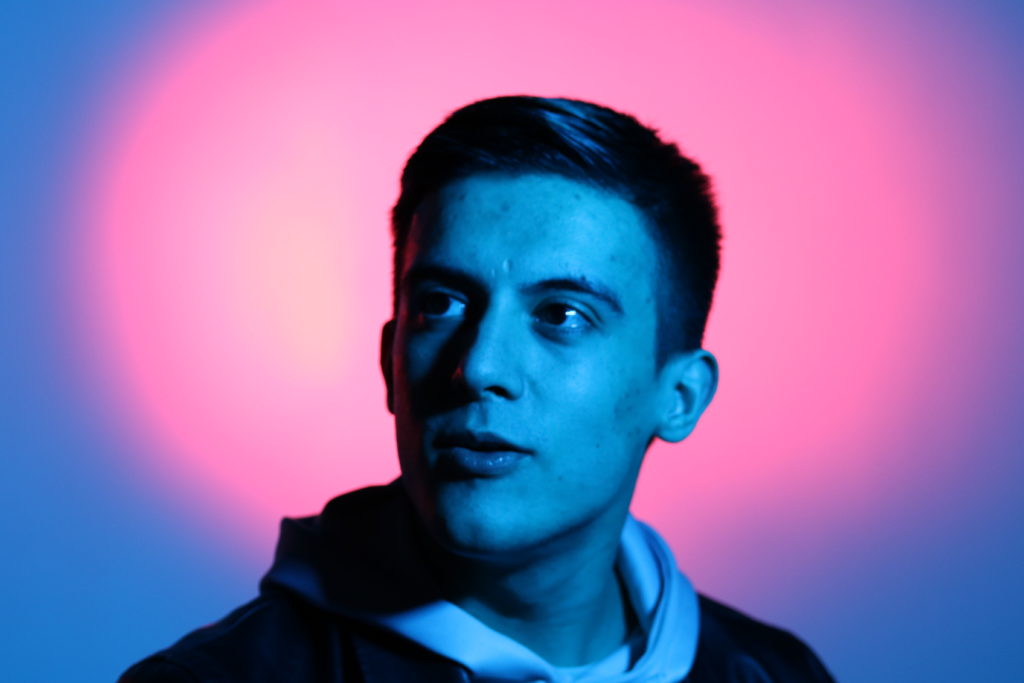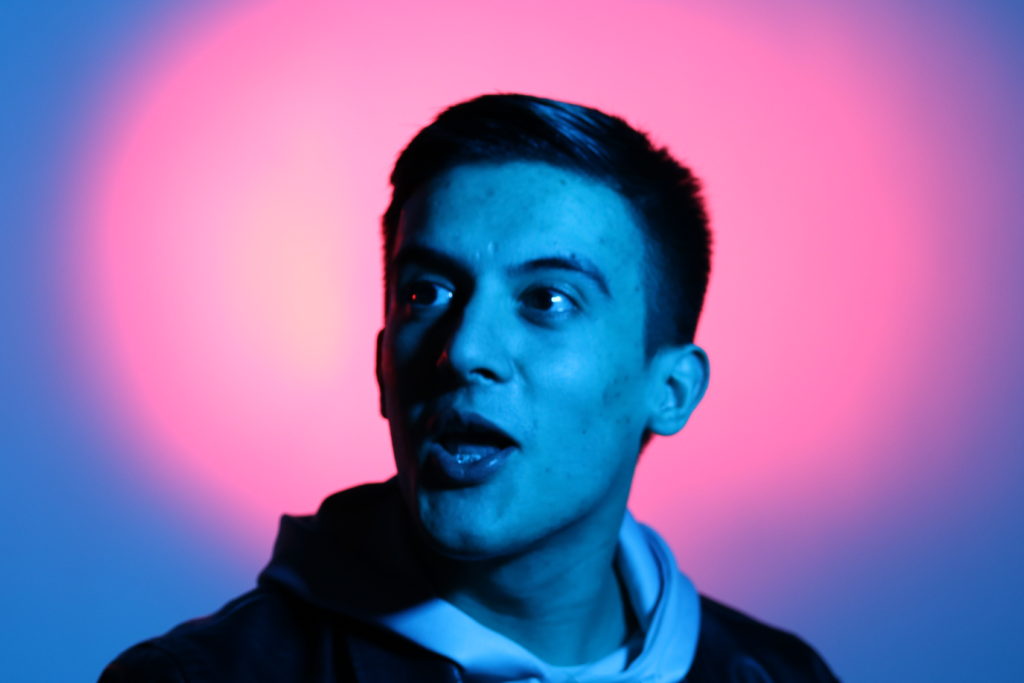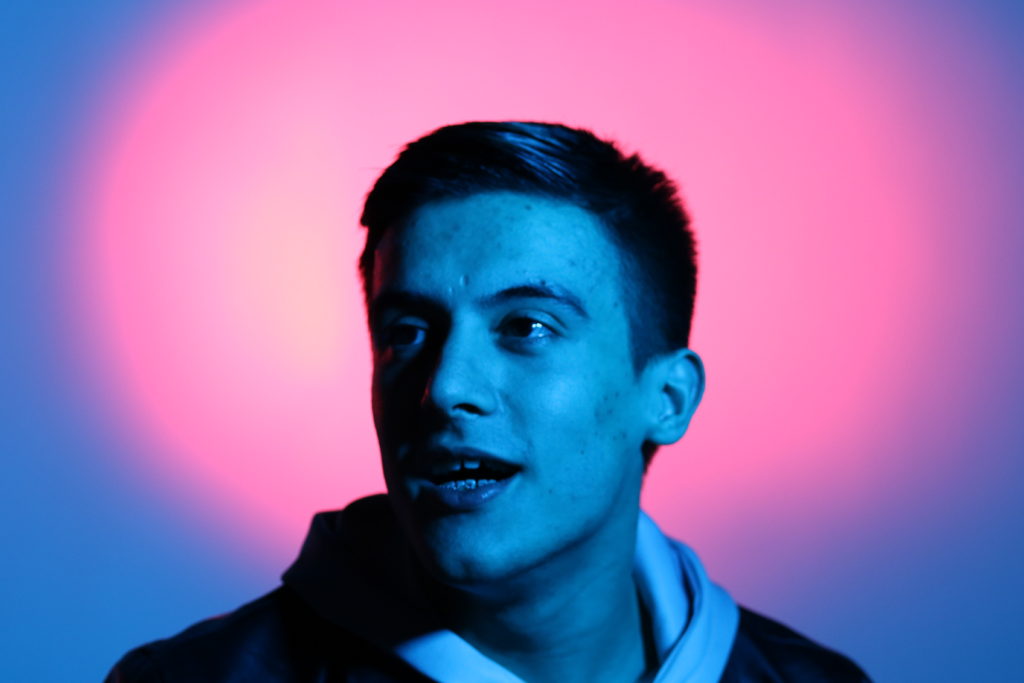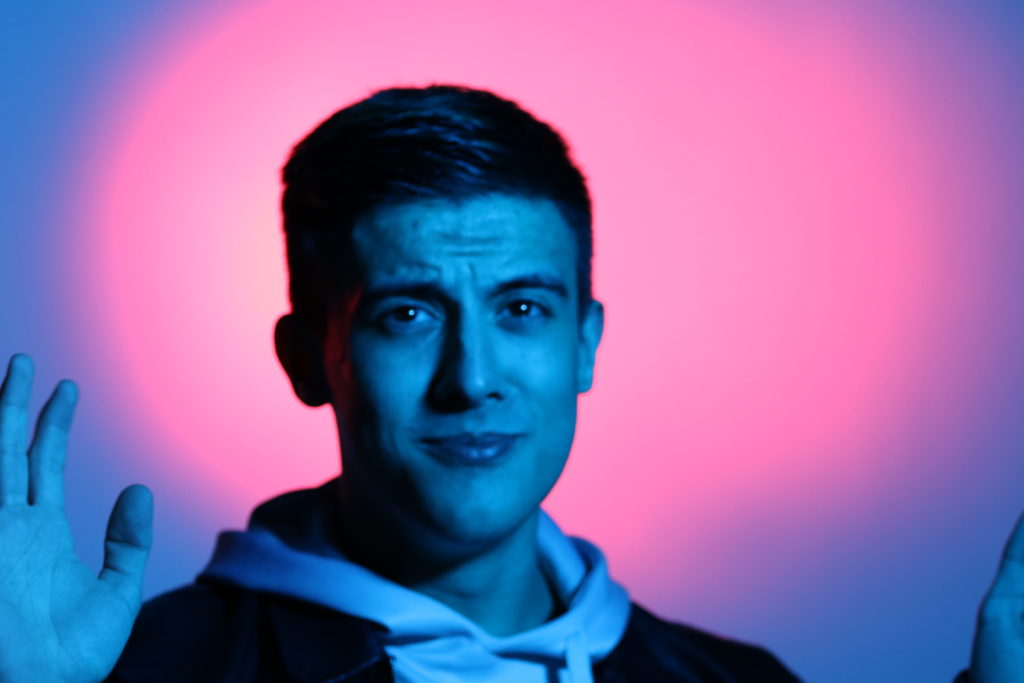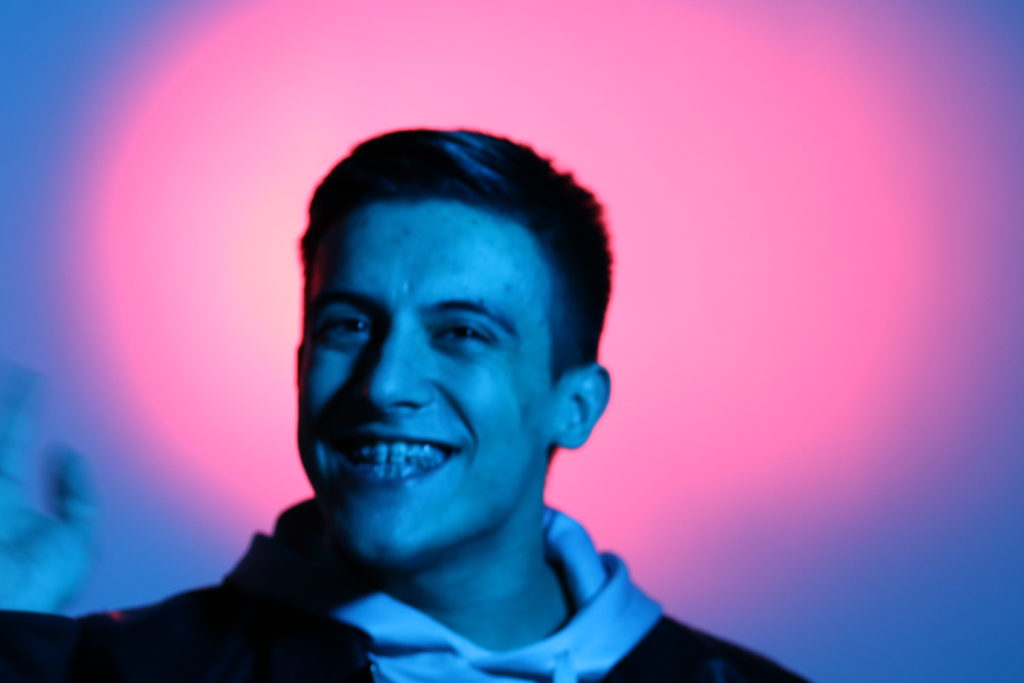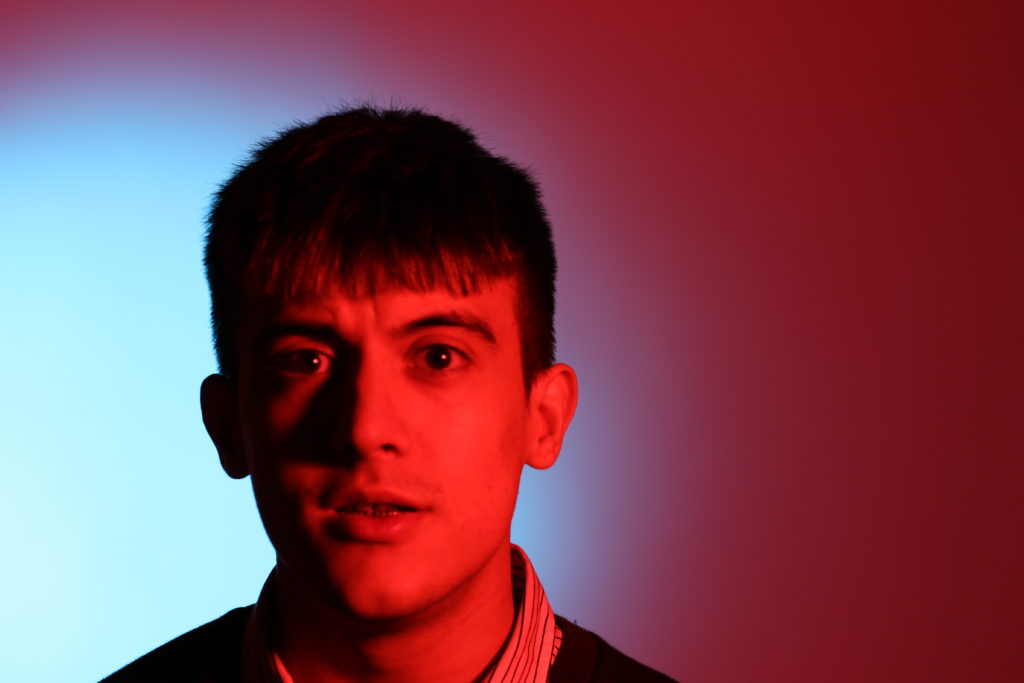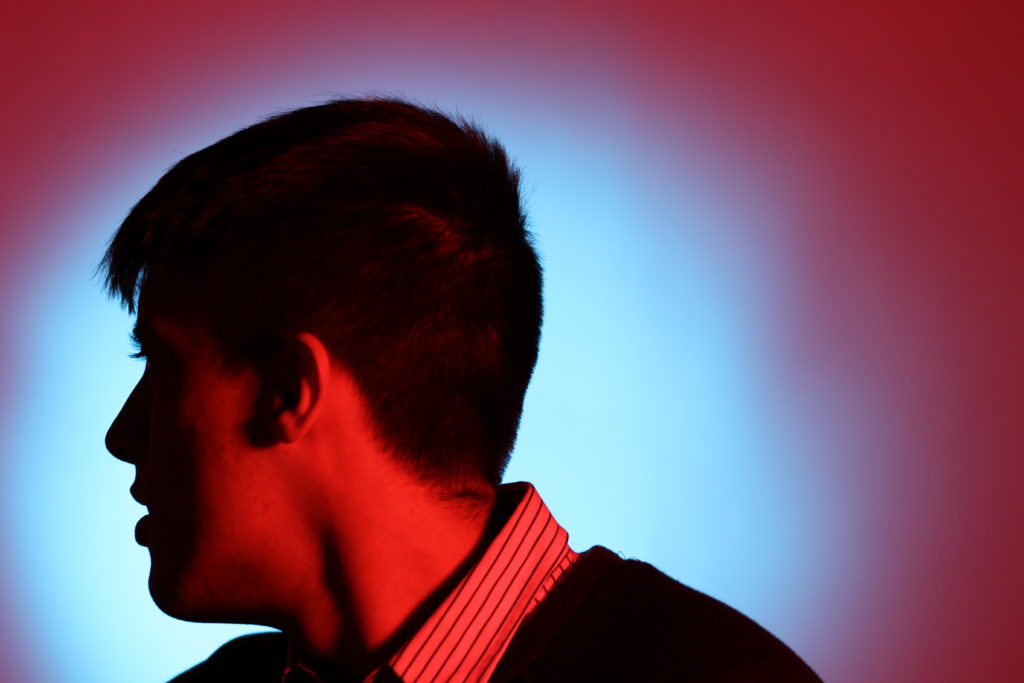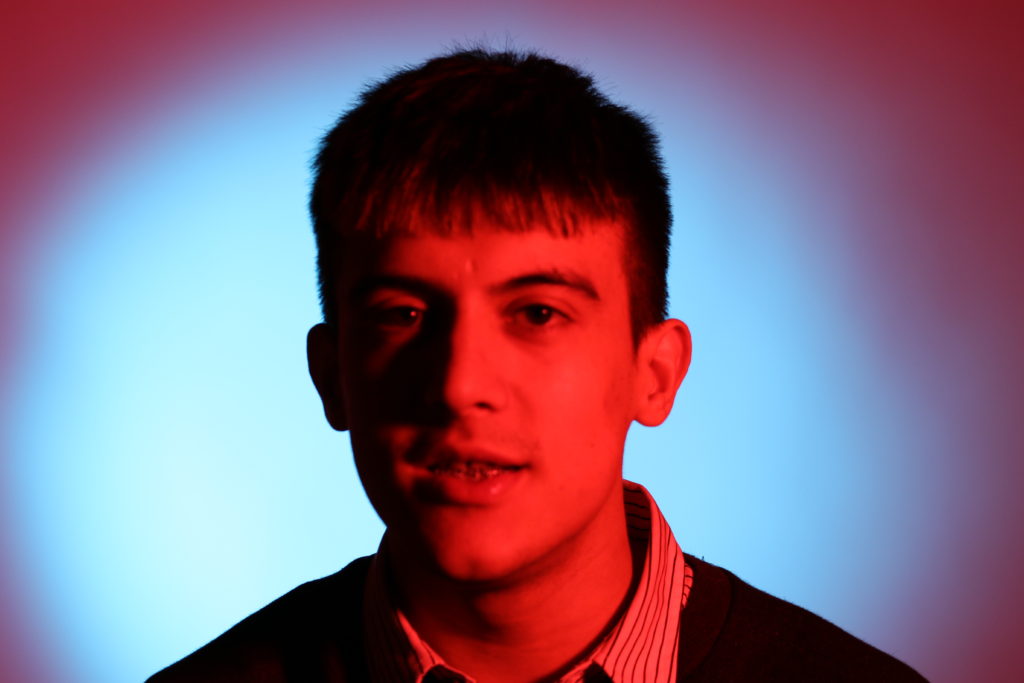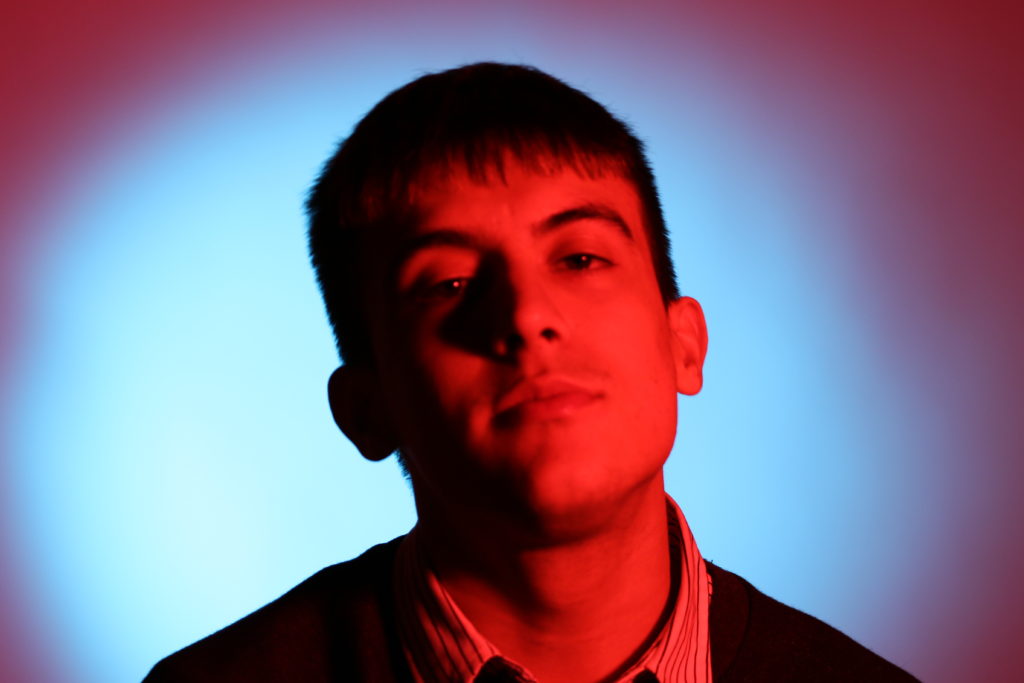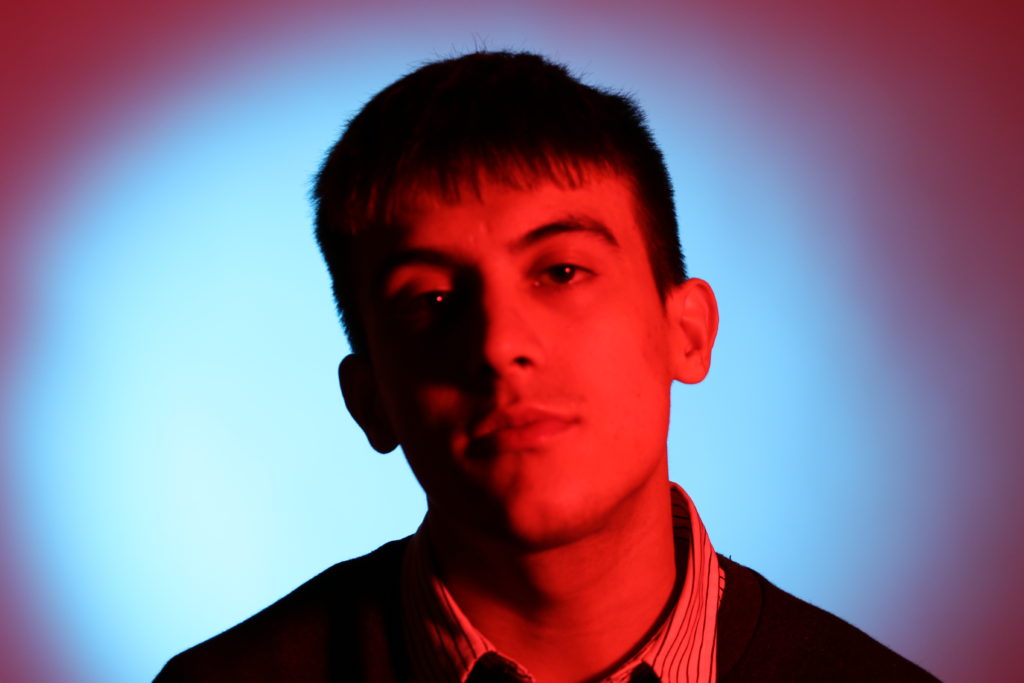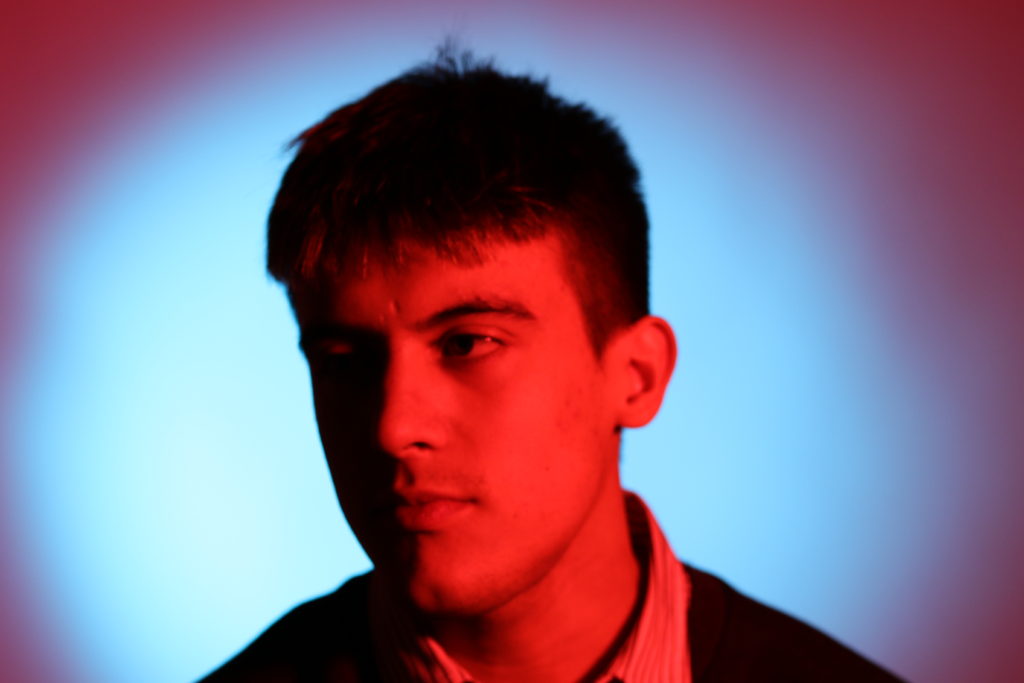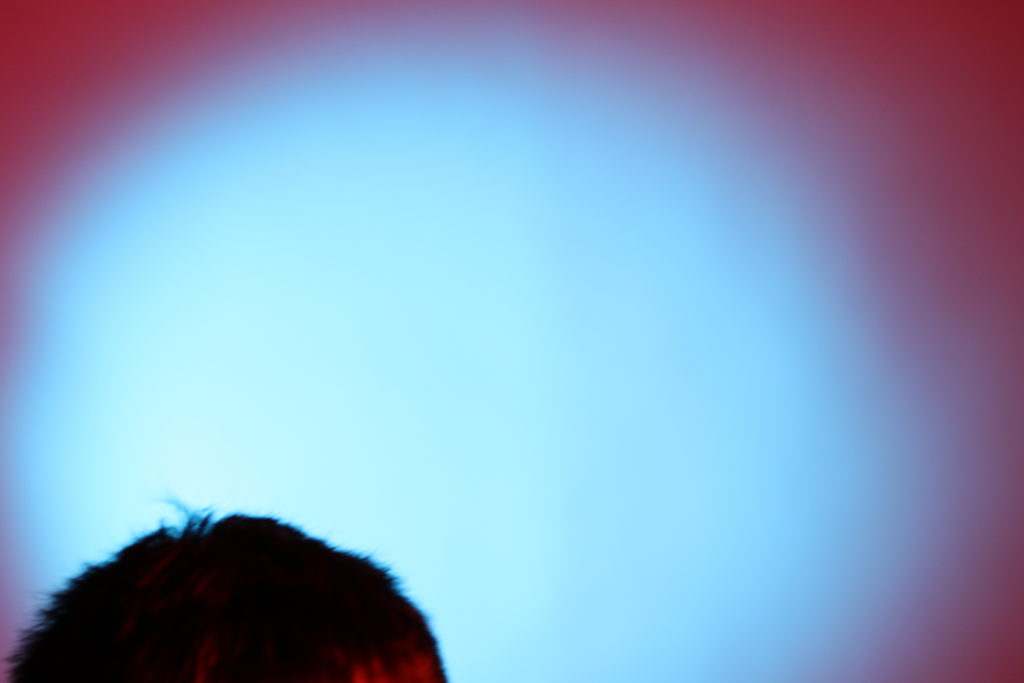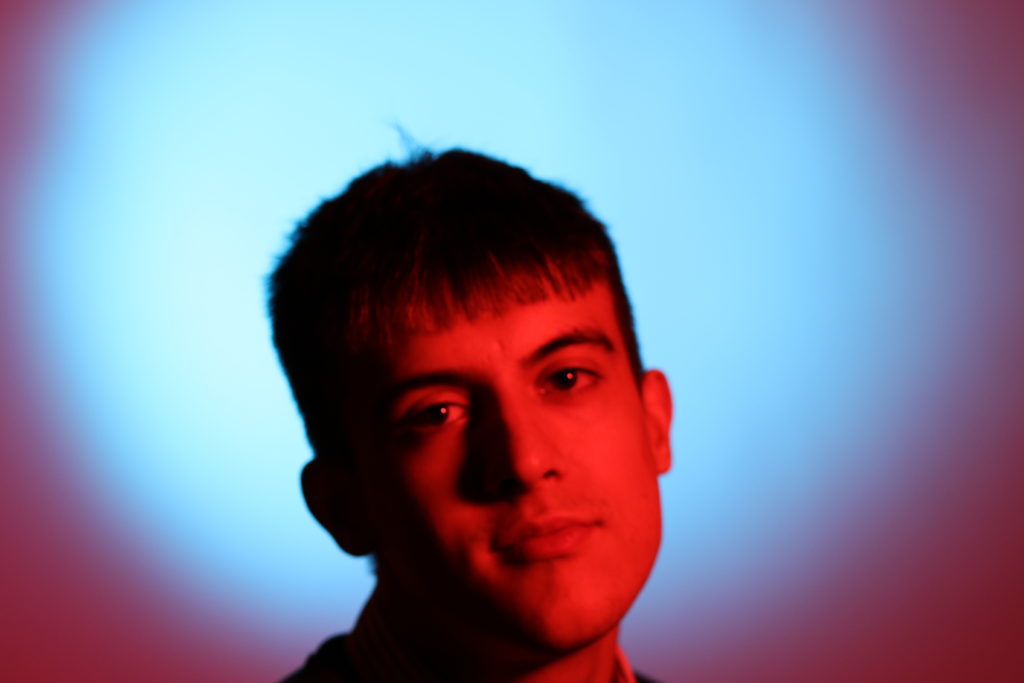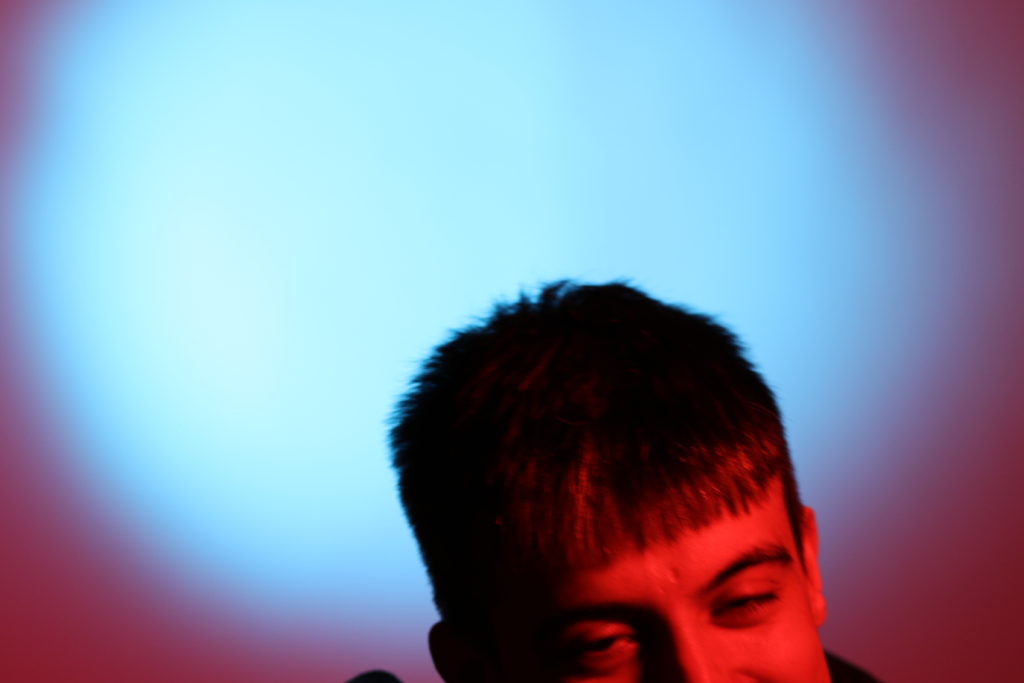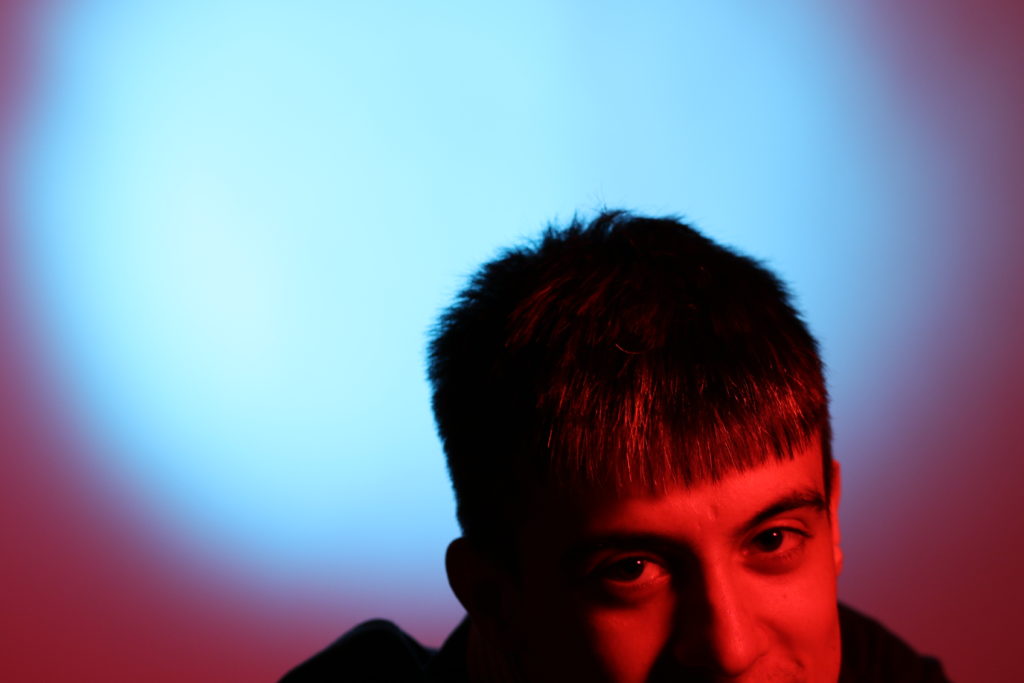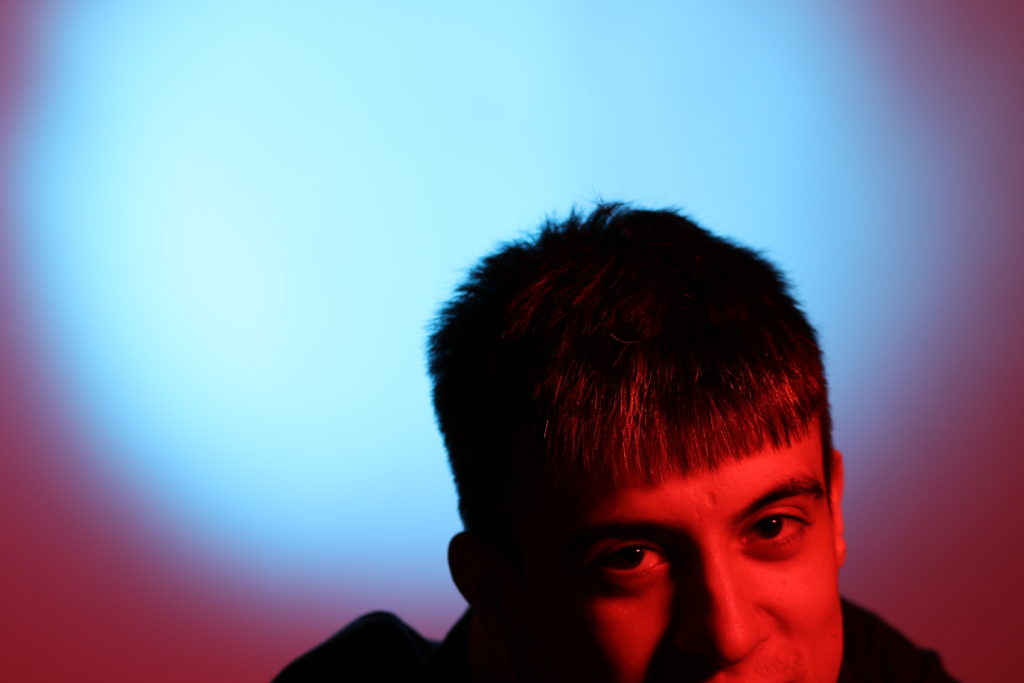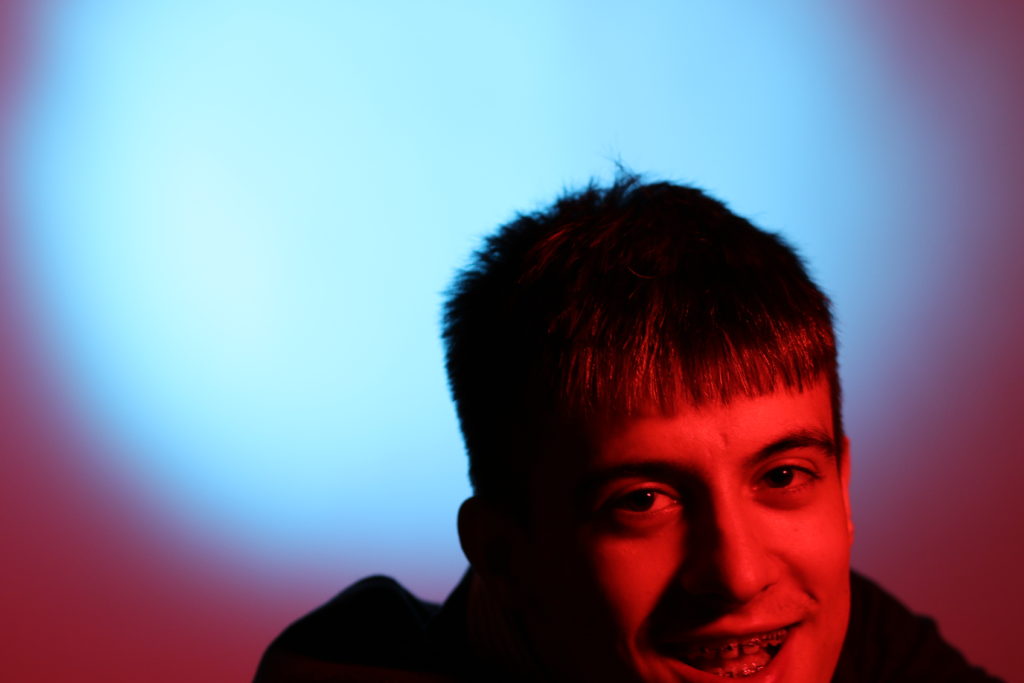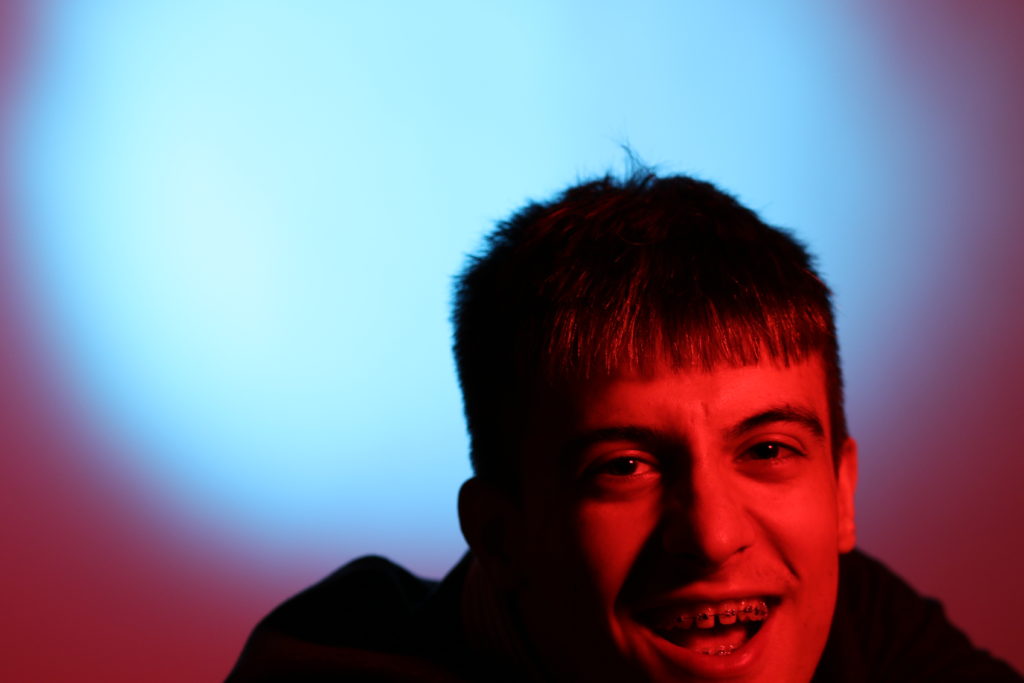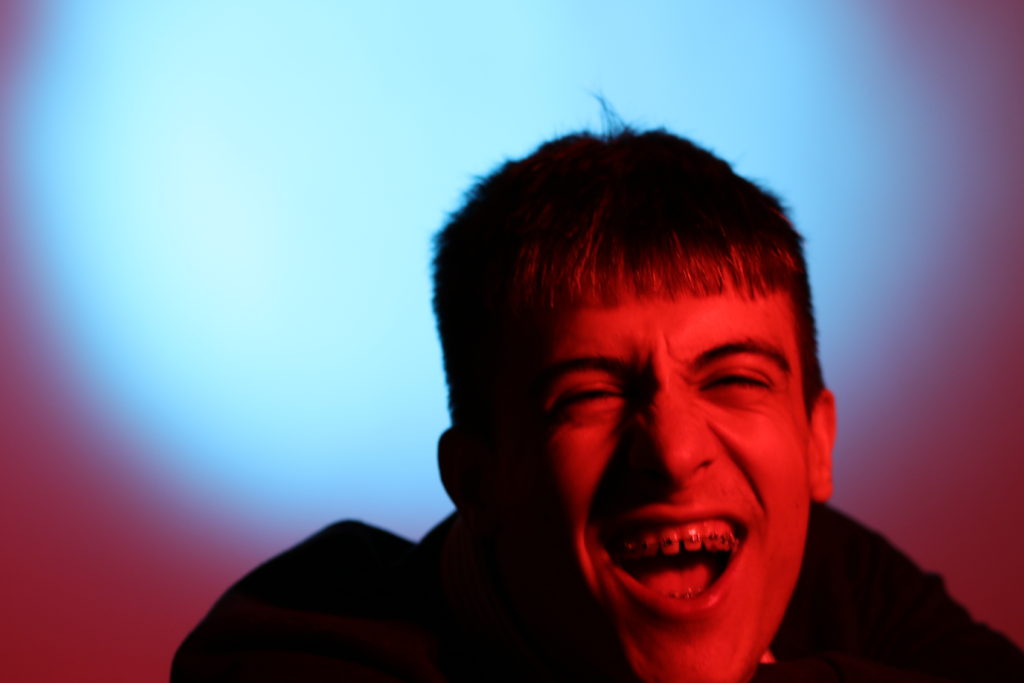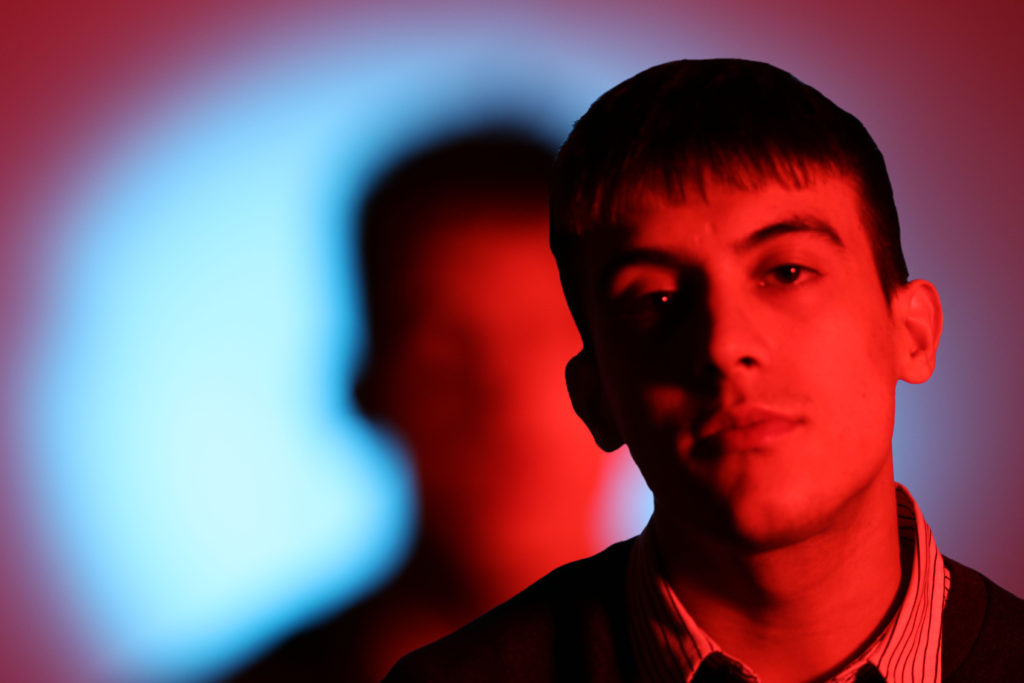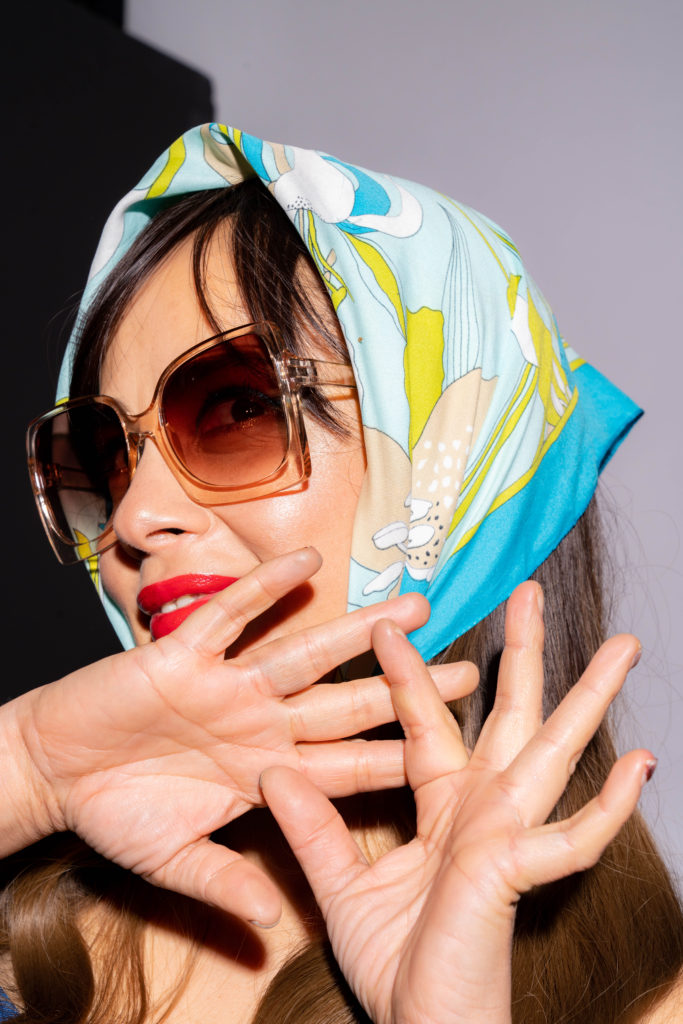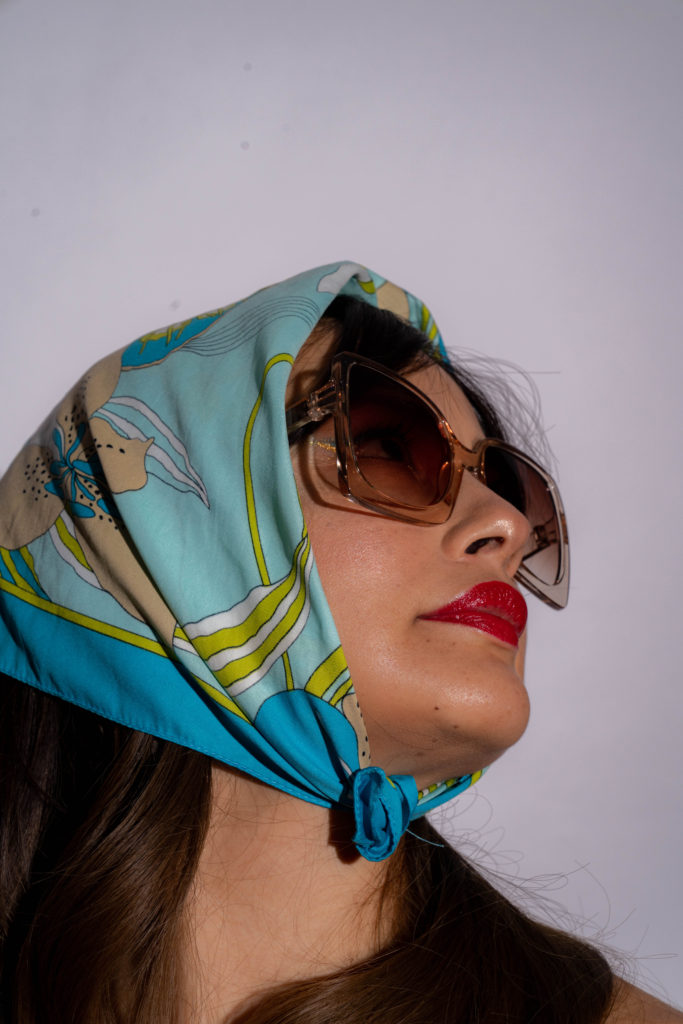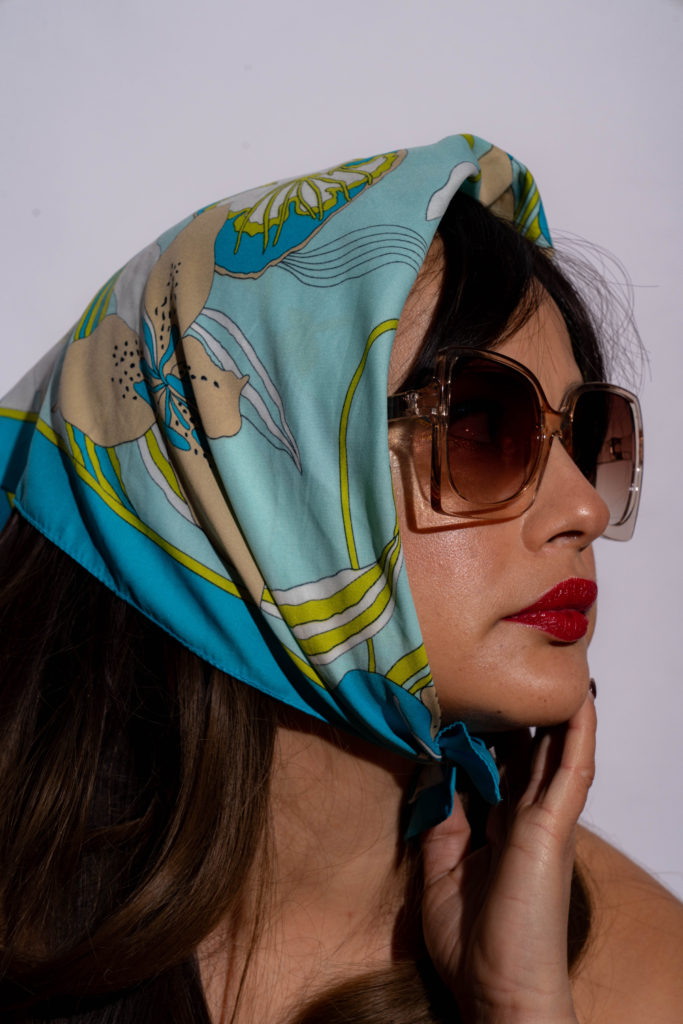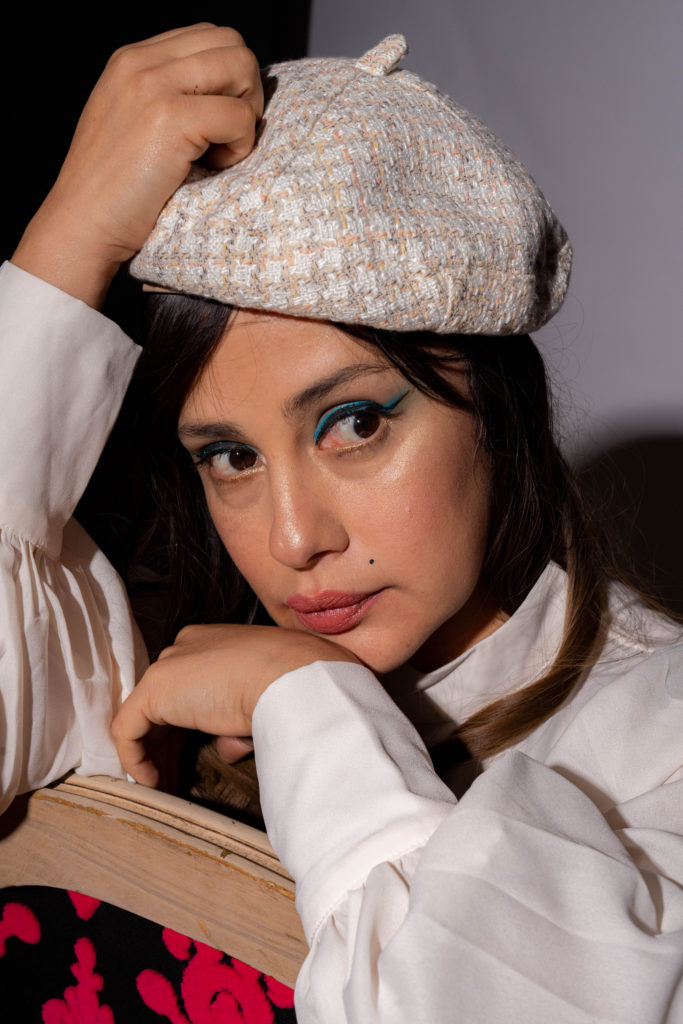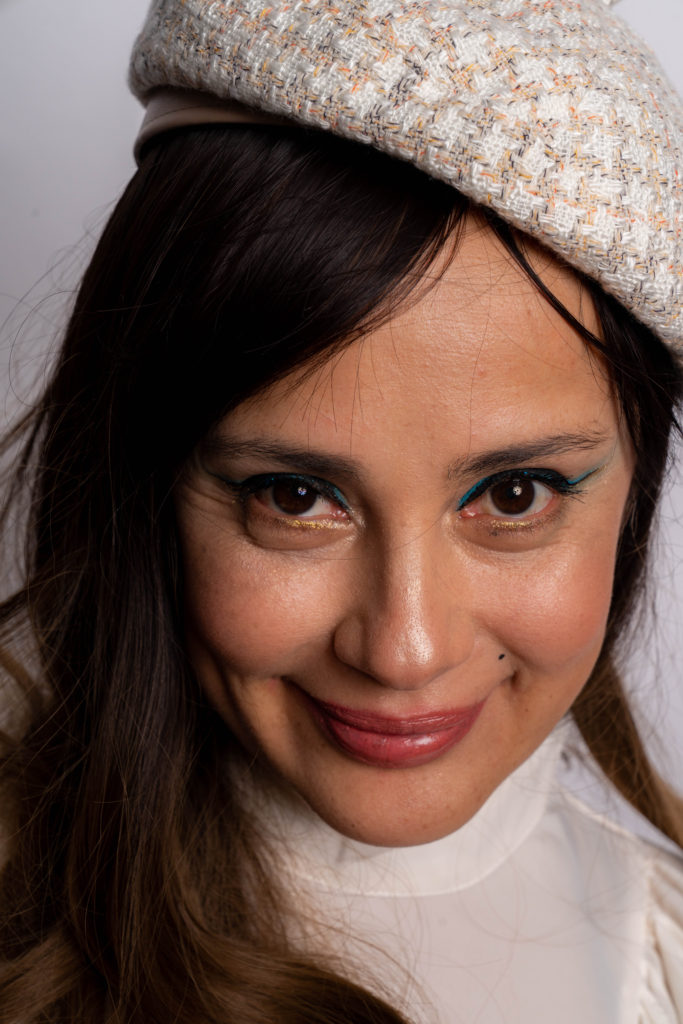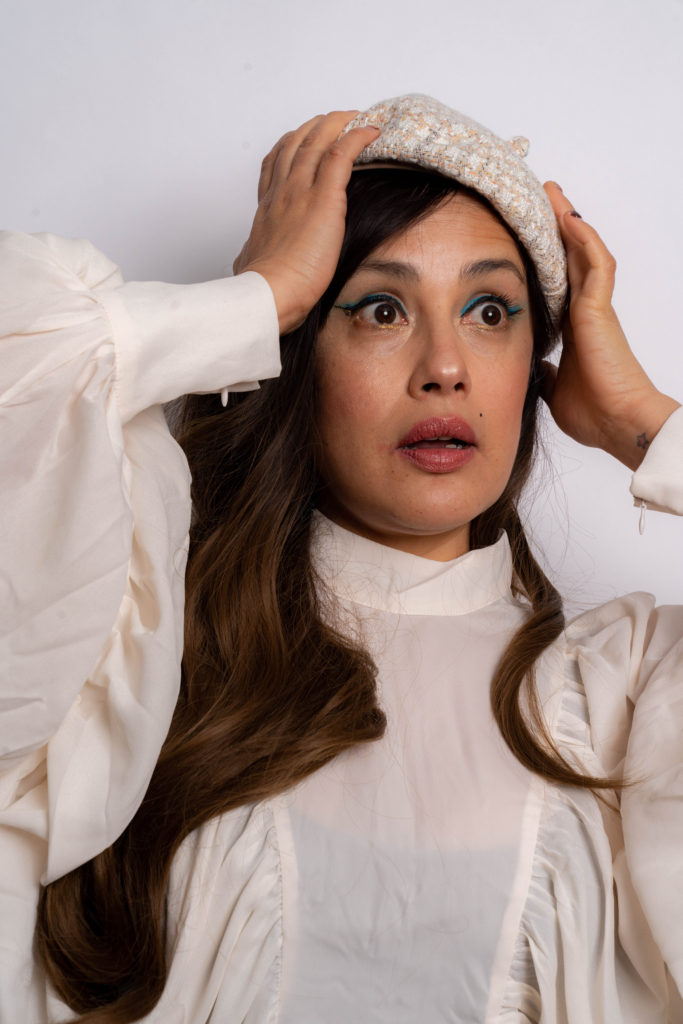In this folder here you can find texts to read in relation to a number of subjects and themes below. Some of these files are too large to upload to the blog here so go to the folder below.
M:DepartmentsPhotographyStudentsLOVE & REBELLIONContextual Studiesreading
Photography
Histories > Identities > Codes > Meaning
Barthes, R. (1984) Camera Lucida. London: Flamingo
Benjamin, W. (1936) ‘The Work of Art in an Age of Mechanical Reproduction’ in Hannah Arendt (ed) (1973) Illuminations. London: Fontana
Documentary
Realism > Representation > Ethics > Truth
A short PPT on Documentary Photography
Sontag, Susan (1977) ‘In Plato’s cave’ in On Photography. London: Penguin Books
Sontag, Susan (1977) ‘Through a Glass Darkly’ in On Photography. London: Penguin Books ch 2
Here some helpful resources on Sontag: On Photography from PhotoPedagogy
Rosler, Martha (1981) ‘In, around, and afterthoughts (on documentary photography)’ in Stallabras Julian (2013) Documentary. Cambridge (MA): The MIT Press.
Here is an introduction to John Tagg: A Burden of Representation (1998). Minnesota: University of Minnesota Press from PhotoPedagogy
Bate, David (2016) ‘The Art of the Document’ in Art Photography. London: Tate Gallerie
How documentary photography now is considered within a fine-art context
Max Pinckers Interview: On Speculative Documentary
How fact and fiction today in documentary photography is blurred
Solomon-Godeau, Abigail (1994), ‘Inside/ Out’ in Photography At The Dock: Essays on Photographic History, Institutions, and Practices. Minnesota: University of Minnesota Press
Here some helpful resources on ethical questions regarding the photographer’s position of being inside or outside from PhotoPedagogy
Photography and truth
Photography and Truth – see blog post with many resources.
Bright, Susan (2019) Is it Real? in Photography Decoded.
See more short essays here in Photography Decoded
Photojournalism: Truth, Representation, Propaganda, Aesthetics
Richard Billingham
Richard Billingham: Ray’s A Laugh – a photographer who worked on the inside documenting his parents life and relationship.
Documentary film: Fish Tank based on his book and parents relationship
Feature film: Ray & Liz
Interview in The Guardian and The Observer by Tim Adams (2019)
Larry Sultan
a Review in the Guardian Newspaper.
https://www.theguardian.com/books/2017/may/02/larry-sultan-pictures-from-home-review
Tableaux Photography
Pictorialism > Narrative > Cinema
A short PPT on Tableaux Photography
Bate, David (2016) ‘Pictorual Turn’ in Art Photography. London: Tate Galleries.
How Tableaux has been influenced by Pictorialism
Aesthetic Theory
Beauty > Sublimity > Judgement
The Concept of the Aesthetic
Read Greek philosopher Plato’s thesis on Beauty
https://plato.stanford.edu/entries/beauty/
https://plato.stanford.edu/entries/plato-aesthetics/
Snapshot Photography
Vernacular photography
Photography and Feminism
Gender Studies > Male/Female Gaze > Self-portraiture
Mulvey, Laura (1973) ‘Visual Pleasure and Narrative Cinema’ in Screen (1975)
Judith Butler is an academic and writer who is an authority on feminism and gender studies, incl queer theory. Her seminal book is: Gender Trouble which we do have a copy of in the Library LRC and in Media. Here is a good overview of her work – make sure you read it all and watch video as well.
Kotz, L. (1998) ‘”Aesthetics” of Intimacy’ in Bright, D. (1998) The Passionate Camera: Photography and bodies of desire. London: Routledge
Photography and Portraiture
Robert Mapplethorpe: The Male Gaze – in pictures. The Guardian
Amelia Jones The “Eternal Return”: Self-Portrait Photography as Technology of Embodiment
Cindy Sherman:
Paoli, J. Deconstruction Woman: The works of Cindy Sherman
Cain, Abigail, A Brief History of Cindy Sherman and Feminism
Owen, Samantha Rosemary (2014) Gender and Vision Through the Lens of Cindy Sherman and the Pictures Generation. University of Vermont
Lots of interviews and video and with Cindy Sherman on MOMA
Have a look at Shannon’s O’Donnells work here and when she was an A-level student?
Francesca Woodman:
Towsend, C. (2006) Francesca Woodman: Scattered in Space and Time. London: Phaidon Press Limited.
> Go to folder with pdf Francesca Woodman essays here: M:DepartmentsPhotographyStudentsLOVE & REBELLIONContextual Studiesreading
Online texts
Thematic Essay about Francesca Woodman
Have a look at an essay and research by previous student, Francesca Hogan
Jo Spence and Photo-therapy
Dennett, Terry (2008): Jo Spence’s camera therapy: personal therapeutic photography as a response to adversity
Heath, Charlene (2017). Work, Politics, Survival, British Journal of Photography
Weiser, Judy (2005) Remembering Jo Spence: A Brief Personal and Professional Memoir… PhotoTherapy Centre
Jansen, Charlotte (2020) Is Photography An Effective Form of Therapy? Elephant
Bull, S. (2009) Photography. London: Routledge
Photography and Memory
Kuhn, A. Remembrance: The Child I Never Was in Wells, L. (ed) (2003) The Photography Reader. London: Routledge
Here are a few articles and photobooks on Photography and its relationship with memory. You should read them and references them in your essay.
Colberg, J (May 28, 2012) Photography and Memory
blogger on Conscientious
Frames of Mind: Photography, Memory and Identity
by Anwandter, Patricia Marcella
In Frames of Mind, I have sought to explore the themes concerning the dynamic construction of memory. What do we choose to remember and how do we reinforce it? Who are we in relationship to who we were? Working with a collection of over five hundred images accumulated throughout my life, I have reinvestigated the images and their interrelationship with one another
A Matter of Memory: Photographs as Objects in the Digital Age
An exhibition at George Eastman House
A review on British Journal of Photography
Barthes, R (1982) Camera Lucida, London: Jonathan Cape
Overview of Barthes book Camera Lucida in Photo Pedagogy
The first half of this article talks about Barthes theory of a studium and punctum. The latter part about a photograph of his dead mother which allows him to think about memory.
Commentary on Barthes book
Rereading: Camera Lucida by Roland Barthes
Article by Brian Dillon in the Guardian, 26 March 2011
Grieving for his mother, Roland Barthes looked for her in old photos – and wrote a curious, moving book that became one of the most influential studies of photography
DEATH IN THE PHOTOGRAPH – critical article in response to Roland Barthes seminal book ‘Camera Lucida’ reflecting on photography.
Photography and Narrative
Family / childhood Photography:
Photography and Archives / Narratives / Memory:
Colin Pantall Landscape, Power and Climate Change



